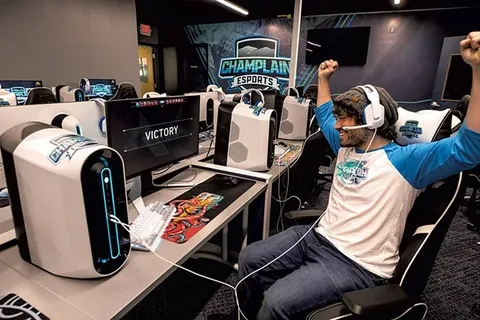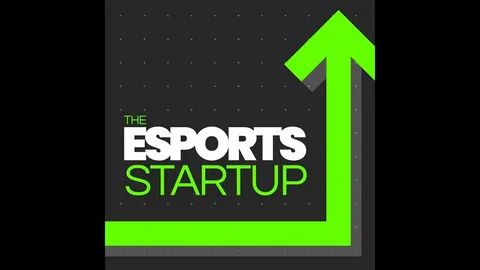The life of a professional esports player is a unique blend of passion, pressure, discipline, and digital glory. Often glamorized through tournaments, sponsorships, and media appearances, the reality behind the scenes is much more demanding than it appears.
Esports, or electronic sports, has evolved into a billion-dollar industry, attracting millions of fans and competitive gamers from around the world. Just like athletes in traditional sports, pro esports players dedicate years of practice, hone reflexes, study strategies, and maintain a rigorous lifestyle to stay at the top of their game.
Most professional esports players start their journey in their early teens. They invest countless hours into mastering a specific game such as League of Legends, Dota 2, CS:GO, Valorant, or Fortnite.
For many, their daily schedule includes 8 to 12 hours of practice sessions that cover everything from improving mechanical skills and reaction time to analyzing team tactics and opponent gameplay.
Teams often hire coaches, analysts, and performance psychologists to enhance gameplay and mental resilience. Practice scrims, replay reviews, and communication drills are essential parts of the routine, aimed at building synergy with teammates and adapting to fast-paced meta changes.
But this intense lifestyle comes with its challenges. Esports players face immense pressure to perform consistently, especially during international tournaments with millions of dollars at stake.
The mental strain from high expectations, long hours, and online criticism can take a toll. Many players also deal with physical issues such as wrist injuries, back pain, and eye fatigue due to extensive screen time. Burnout is a real and common concern in the esports community, often forcing players to retire early, sometimes before the age of 25.
Outside of training and competition, players must maintain their personal brand, engage with fans on social media, and attend promotional events. Sponsorship deals, streaming, and content creation are vital sources of income and long-term career sustainability.
While top players may earn huge salaries and prize money, many others struggle with financial instability and job security, especially in less popular games or poorly managed teams. Unlike traditional sports, the lifespan of an esports career is short, which is why many players pursue education or coaching roles after retirement.
Conclusion:
The life of a professional esports player is far more than just “playing games.” It is a demanding career that requires discipline, resilience, teamwork, and strategic thinking. While the spotlight, fame, and fortune are achievable, they come at the cost of physical and mental challenges that few people see.
As the esports industry continues to grow and mature, so too does the understanding of the dedication and sacrifices made by its top players. Behind every highlight reel and trophy is a story of commitment, struggle, and unrelenting passion for the game.


